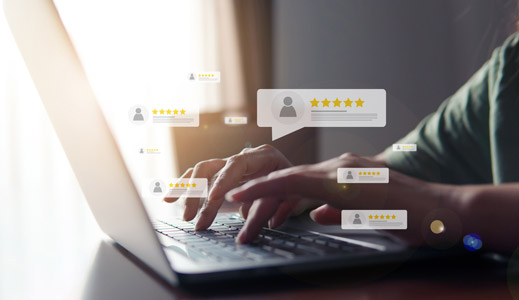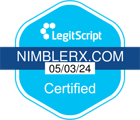


Managing Side Effects of GLP-1 Medications
GLP-1 medications have become an integral part of diabetes management, offering significant benefits like improved blood sugar control, weight management, and cardiovascular protection. However, like any medication, GLP-1 drugs can sometimes cause side effects that may impact adherence and quality of life. In this blog, we'll explore common side effects of GLP-1 medications and provide practical tips for managing them effectively, empowering you to navigate your diabetes management journey with confidence and ease.
Understanding Common Side Effects
Before diving into management strategies, it's essential to understand the potential side effects of GLP-1 medications. While side effects can vary depending on the specific medication and individual factors, common side effects may include:
- Nausea
- Vomiting
- Diarrhea
- Constipation
- Abdominal discomfort
- Decreased appetite
- Hypoglycemia (low blood sugar) when used in combination with other other glucose-lowering diabetes medications
While many people tolerate GLP-1 medications well, some individuals may experience side effects, particularly during the initial stages of treatment. Fortunately, there are strategies you can employ to manage these side effects and minimize their impact on your daily life.
Tips for Managing Side Effects:
- Start Slowly: When initiating GLP-1 therapy, your healthcare provider will recommend starting with a lower dose and gradually increasing it over time. This approach can help minimize the risk of gastrointestinal side effects and allow your body to adjust to the medication more gradually. Follow your healthcare provider's guidance regarding dosing and titration to optimize your treatment experience.
- Stay Hydrated: Drinking plenty of water throughout the day can help alleviate gastrointestinal side effects associated with GLP-1 medications. Proper hydration can help soften stool, prevent constipation, and ease abdominal discomfort. Aim to drink at least eight glasses of water per day, and consider sipping on water or other hydrating beverages throughout the day to stay adequately hydrated.
- Monitor Blood Sugar Levels: GLP-1 medications, particularly when used in combination with other medications with high risk for hypoglycemia like insulin or sulfonylureas, can increase the risk of hypoglycemia (low blood sugar). Monitor your blood sugar levels regularly and be vigilant for signs and symptoms of hypoglycemia, such as sweating, shakiness, dizziness, or confusion. If you experience hypoglycemia, follow the standard procedure for correction, or your healthcare provider's recommendation, and let your provider know for a potential adjustment in dose or treatment regimen.
- Incorporate Fiber-Rich Foods: Including fiber-rich foods in your diet can help alleviate gastrointestinal side effects such as constipation and promote digestive health. Focus on incorporating fruits, vegetables, whole grains, legumes, nuts, and seeds into your meals and snacks to increase your fiber intake naturally. Gradually increasing your fiber intake over time can help prevent digestive discomfort and make it easier to tolerate potential side effects.
- Practice Stress Management: Chronic stress can exacerbate gastrointestinal symptoms and impact overall well-being, making stress management an essential aspect of managing side effects. Incorporate stress-reducing activities into your daily routine, such as meditation, deep breathing exercises, yoga, or spending time in nature. Find activities that help you relax and unwind, and prioritize self-care to support your physical and emotional health.
- Communicate with Your Healthcare Provider: Open communication with your healthcare provider is crucial for effectively managing side effects and optimizing your treatment experience. If you experience persistent or bothersome side effects from GLP-1 medications, your pharmacist can be a great, easy-to-reach, resource for you! They can offer recommendations for managing side effects, adjust your medication regimen if necessary, or explore alternative treatment options to better meet your needs.
The information on this site is for informational purposes only and should not replace direct medical advice, diagnosis, or treatment from your doctor or another qualified healthcare provider.
Sources:
“GLP-1 Agonists.” The Cleveland Clinic.
“Can Certain Foods Impact Your Ozempic Side Effects?” The Cleveland Clinic.


.jpg)
.jpg)
.jpg)


















.jpg)





















.jpg)








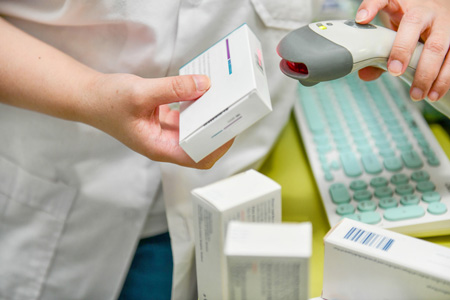





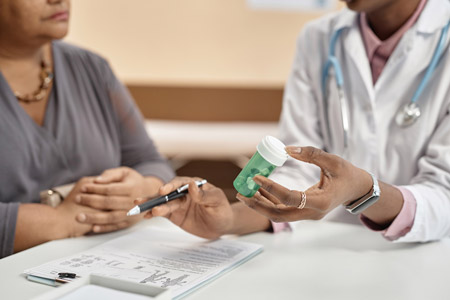


.jpg)
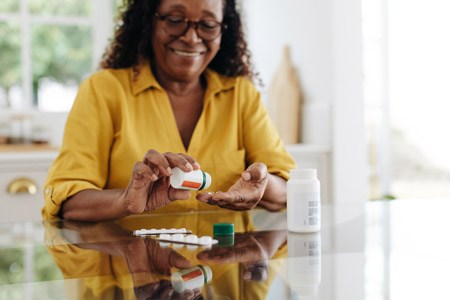



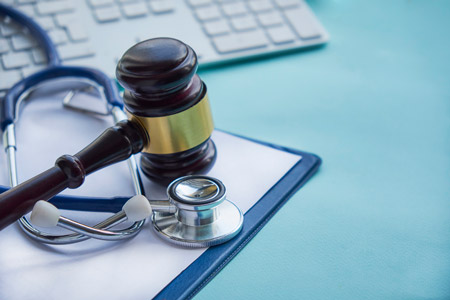
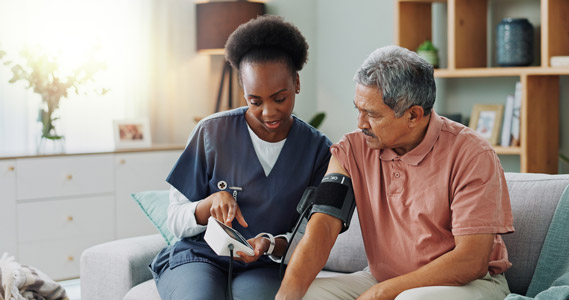












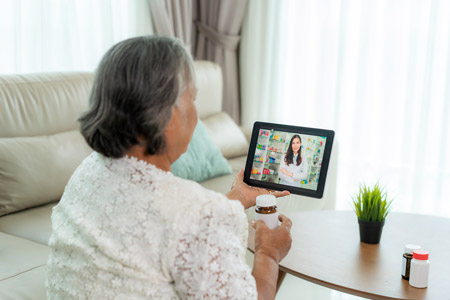







.jpg)
.jpg)
.jpg)






